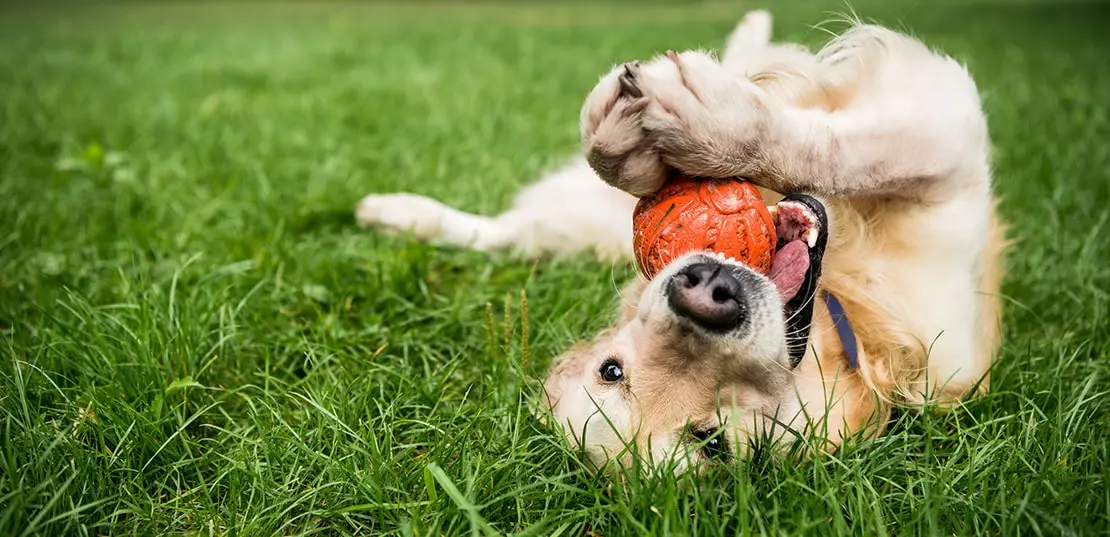888Toy Bulldog
Conditions of detention
Toy Bulldogs were well-suited to urban living and were primarily kept as companion dogs. They thrived in environments where they could be close to their owners and enjoy a cozy, indoor lifestyle.
Useful Fact: Despite their small size, Toy Bulldogs were known for their playful and lively nature, requiring regular walks and playtime to keep them mentally and physically stimulated.
Nutrition and diet
Like their larger counterparts, Toy Bulldogs required a balanced diet rich in protein to support their muscular build. High-quality commercial dog food or a mix of fresh ingredients like meat and vegetables would have been ideal.
Useful Fact: Feeding them a diet that supports their compact size and energy levels helps maintain their health and vitality.
Health
Toy Bulldogs were generally healthy but could have been prone to some of the same issues seen in modern bulldog breeds, such as respiratory problems and joint issues due to their brachycephalic (short-nosed) nature.
Useful Fact: Regular veterinary check-ups and maintaining a healthy weight would have been crucial to prevent common health problems associated with small, brachycephalic breeds.
Grooming and care
Toy Bulldogs had short, smooth coats that required minimal grooming. Regular brushing would have helped remove loose hair and keep their coat healthy.
Useful Fact: Their low-maintenance coat made them easy to care for, requiring only occasional baths and regular brushing to maintain cleanliness.
Education and training
Toy Bulldogs were intelligent and eager to please, making them relatively easy to train. Positive reinforcement and consistency were key to successful training.
Useful Fact: Early socialization and obedience training would have been important to ensure they developed into well-mannered companions, especially given their sociable nature.
Toys and entertainment
Toy Bulldogs enjoyed toys that challenged their minds and bodies, such as fetch toys, puzzle toys, and interactive games. Regular playtime was important to keep them engaged.
Useful Fact: Providing a variety of toys and activities helps prevent boredom and destructive behavior, keeping them mentally and physically active.
Safety
Due to their small size, Toy Bulldogs needed to be protected from rough play with larger dogs and from heights they could not safely jump from.
Useful Fact: Supervision during outdoor activities and interactions with other dogs ensured their safety and prevented accidents.
Accessories
Sturdy collars, harnesses, and leashes were important for managing the Toy Bulldog during training and outdoor activities.
Useful Fact: Using a harness instead of a collar can prevent neck strain, especially during walks and outdoor adventures.
Socialization
Toy Bulldogs were friendly and sociable dogs, but early and consistent socialization was important to ensure they were comfortable in various environments and around different people and animals.
Useful Fact: Introducing them to a variety of experiences from a young age helped them become well-adjusted and confident adults.
Travel and Transportation
Toy Bulldogs could travel well if they were accustomed to it from a young age. Ensuring they had a comfortable and secure space in the vehicle was important.
Useful Fact: Using a travel crate or a harness designed for car travel ensured their safety and comfort during trips.
Behavior and psychology
The Toy Bulldog was known for its friendly, lively, and affectionate nature. They formed strong bonds with their families and were naturally social dogs.
Useful Fact: Understanding their social nature and providing proper training helped manage their behavior and ensured they were happy and well-behaved companions.
Legal aspects
Owners would have needed to comply with general dog ownership laws, such as licensing and vaccination requirements.
Useful Fact: Keeping up with legal aspects ensured that Toy Bulldogs were well-integrated into their communities and safeguarded their health and well-being.


